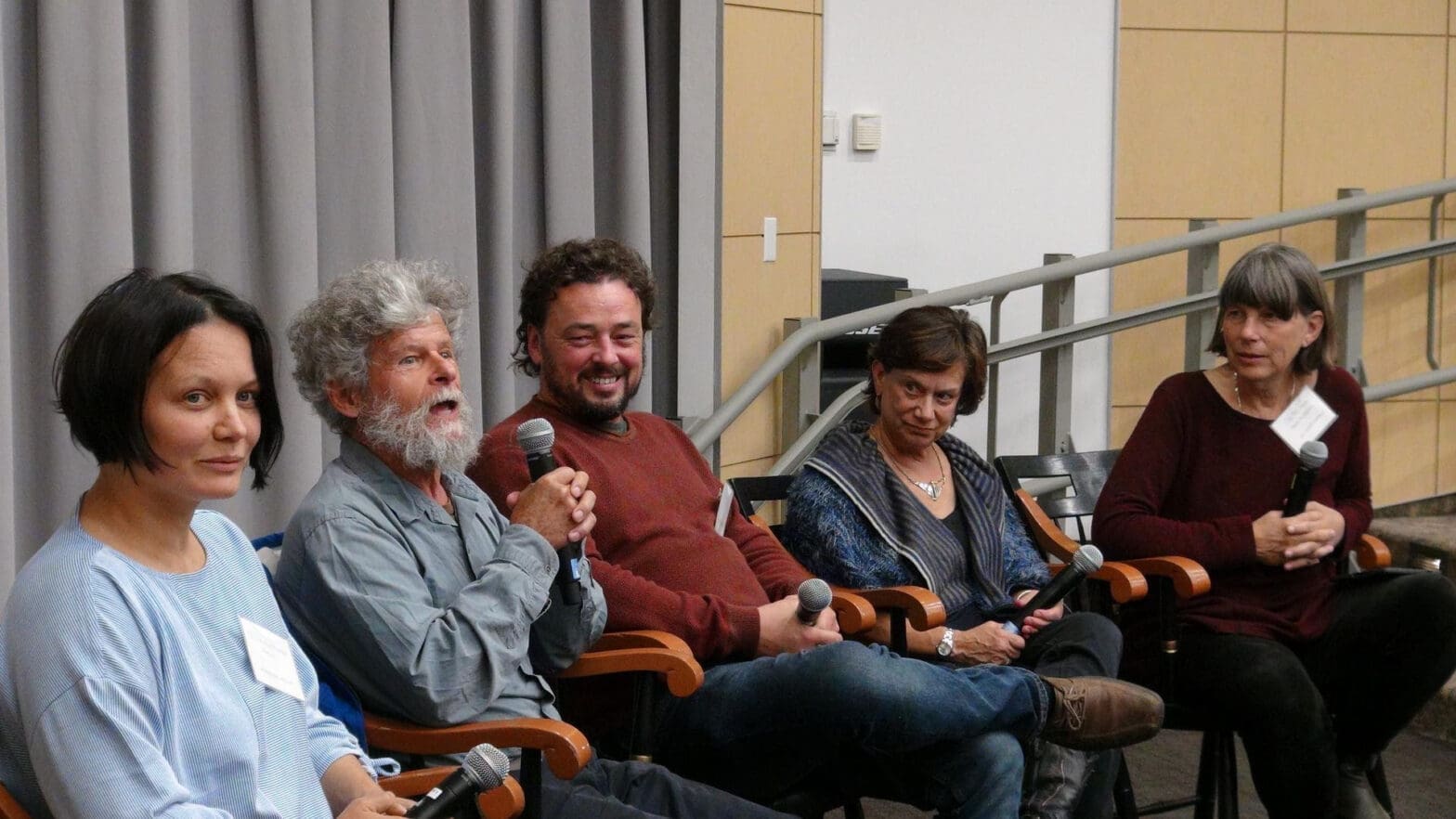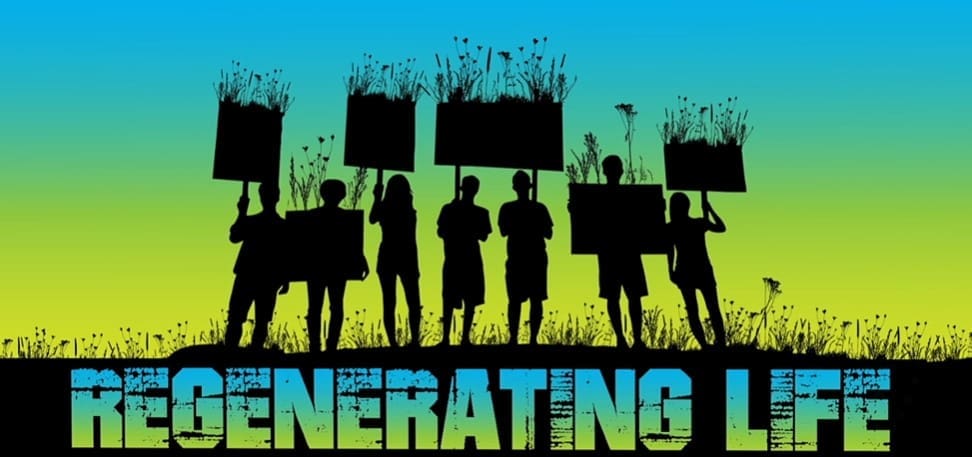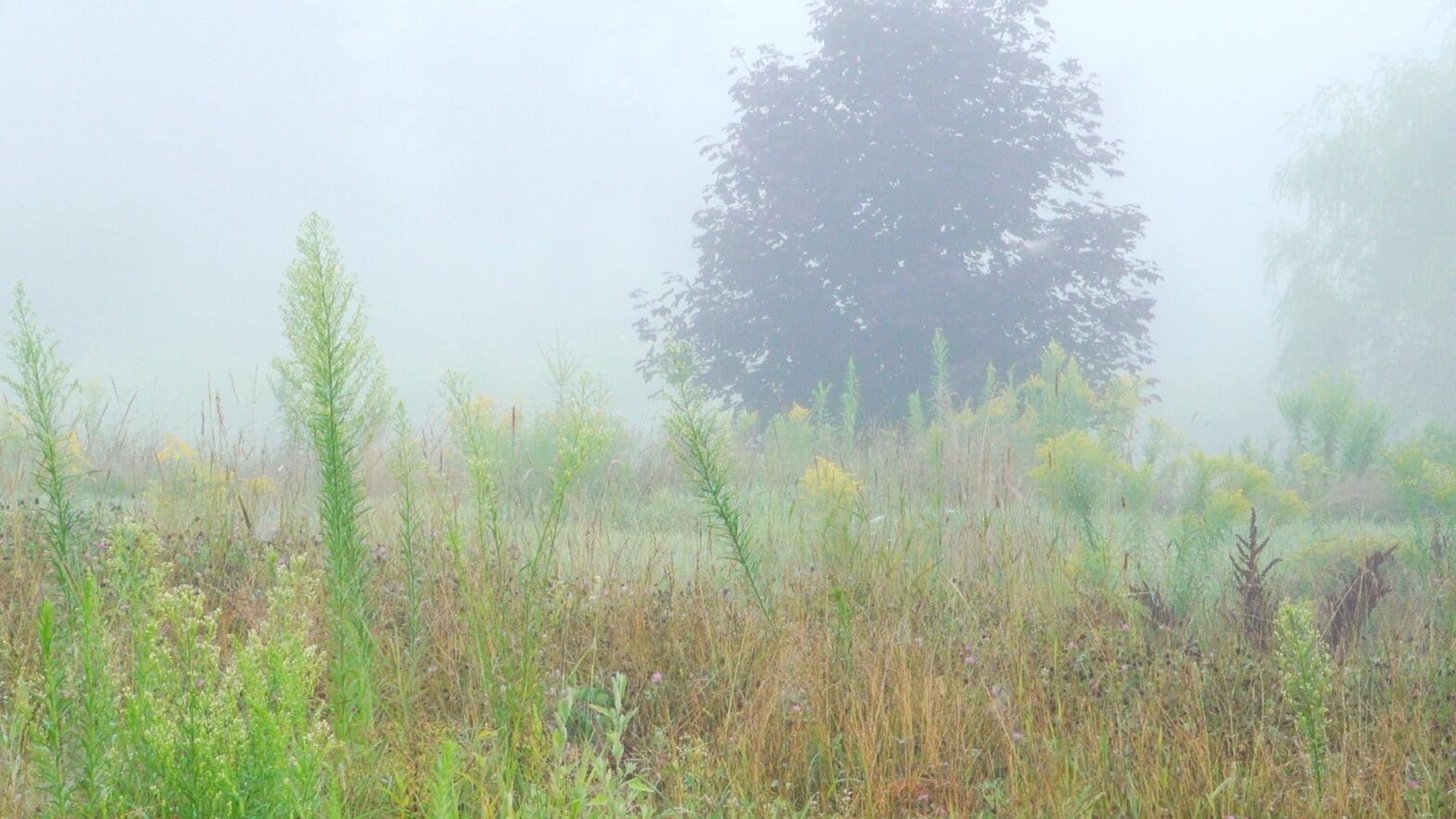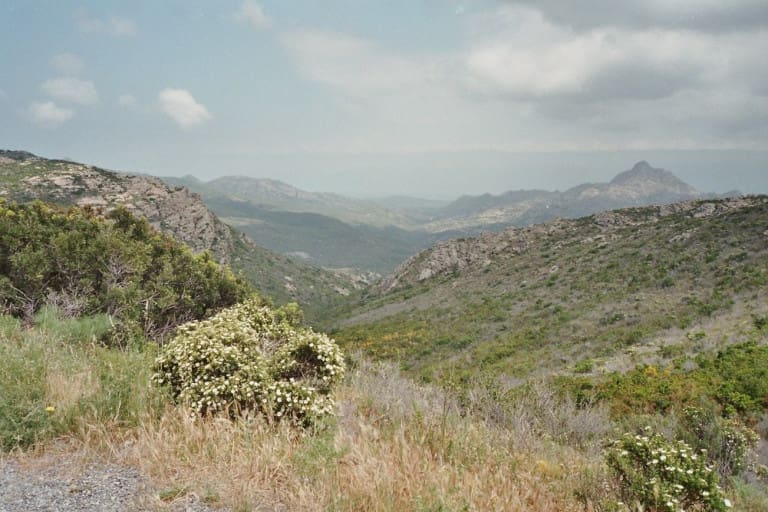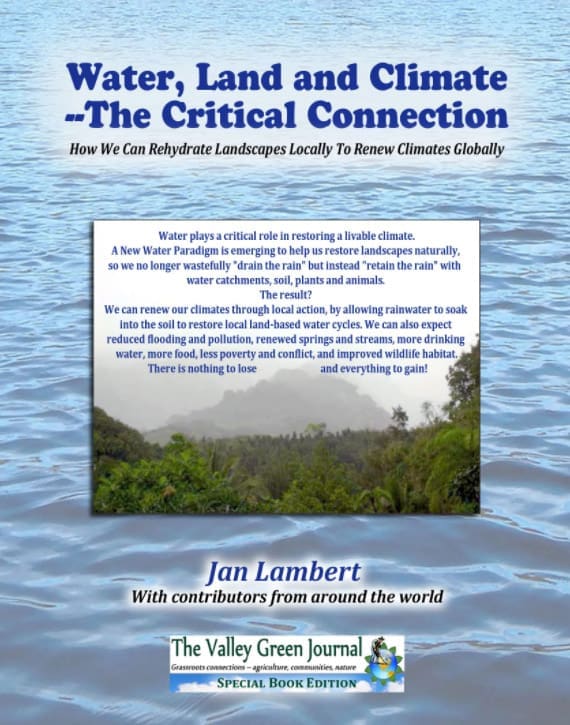We are excited to share with you the panel discussion from the Boston Premiere of the film Regenerating Life! It was such a full day with three parts to the film, interesting exhibitors, and reconnecting with friends, that it was difficult to take it all in at once. You can share some of that excitement from…
Tag: Climate Restoration
Aligning natural and human laws for global wellbeing: Legislative Action
Dr. Makarieva explains why protecting existing forests is one of the most important things we can do to stabilize the climate. Pending legislation in MA (USA) serves as a model for policy protections needed around the world. Learn more about taking action here, and find out more at Save Mass Forests. Our climate system is incredibly…
What a Great Day at Tufts: Regenerating Life Together
Our Boston Premiere of Regenerating Life at Tufts University was a tremendous success! It was exciting to see about 100 people come together to experience how John Feldman wove the many threads of the importance of nature to climate stability together in film. Conversation was lively during the lunch break, as people talked with exhibitors…
A Film that Affirms the Power of Life to Heal Our Planet
To a climate conversation long dominated by computer models and technological jargon, Regenerating Life: How to Cool the Planet, Feed the World and Live Happily Ever After brings some badly needed rain, along with dung beetles, sweating trees, fungal mycelia, cloud-making forests, beavers, worms, soil microbes, cow patties and whales. As more and more people…
Millan Millan and the Mystery of the Missing Mediterranean Storms
I’d like to introduce this piece with a scenario. Suppose someone pointed out that you’d been looking at the climate through a pair of glasses with only one lens? Lifting them off your nose, they then provide you a new pair of glasses with two lenses. Suddenly, parts of the climate you couldn’t see before…
Water, Land, and Climate –The Critical Connection
Water plays a critical role in restoring a livable climate. A New Water Paradigm is emerging to help us restore landscapes naturally, so we no longer wastefully “drain the rain” but instead “retain the rain” with water catchments, soil, plants and animals. The result? We can renew our climates through local action, by allowing rainwater…
A Global Action Plan for the Restoration of Natural Water Cycles and Climate
Ing. Michal Kravčík,CSc. / Jan Lambert https://bio4climate.org/downloads/Kravcik_Global_Action_Plan.pdf Jan’s Quick-Take: This is a document intended to guide people from individuals to the national level, on addressing climate change through the restoration of short, or small water cycles, thus increasing the production potential and biodiversity of all continents through the introduction of various measures of rainwater retention.…
Water for the Recovery of the Climate: A New Water Paradigm
Ing. Michal Kravčík,CSc. / RNDr. Jan Pokorný, CSc. / Ing. Juraj Kohutiar/ Ing. Martin Kovác / RNDr. Eugen Tóth http://www.waterparadigm.org/download/Water_for_the_Recovery_of_the_Climate_A_New_Water_Paradigm.pdf Jan Lambert’s Quick-Take: The New Water Paradigm presents a very useful way to view drought and other climate change, a way that shows how humankind can influence climate for the better simply by restoring natural…

